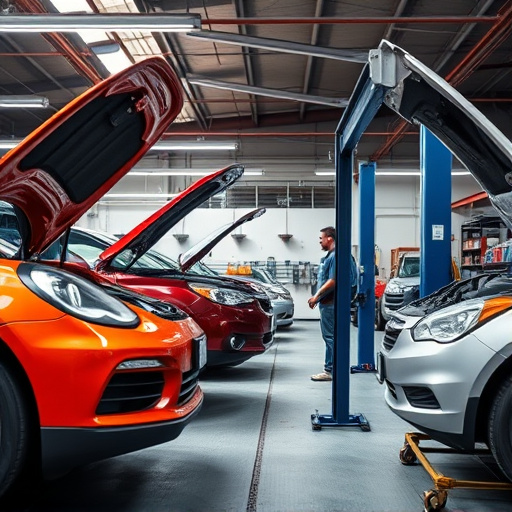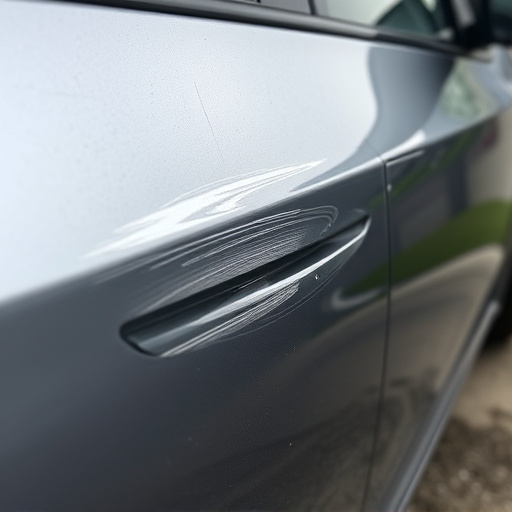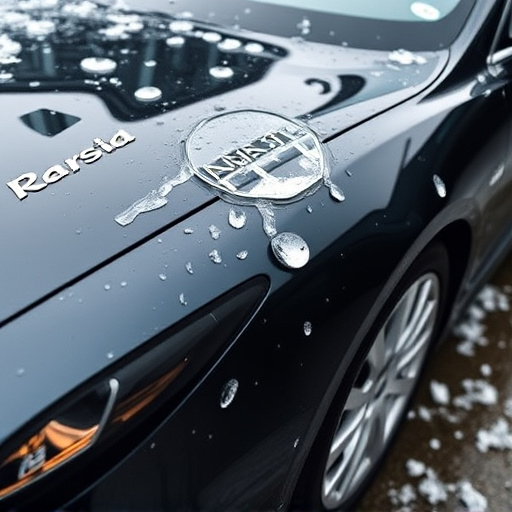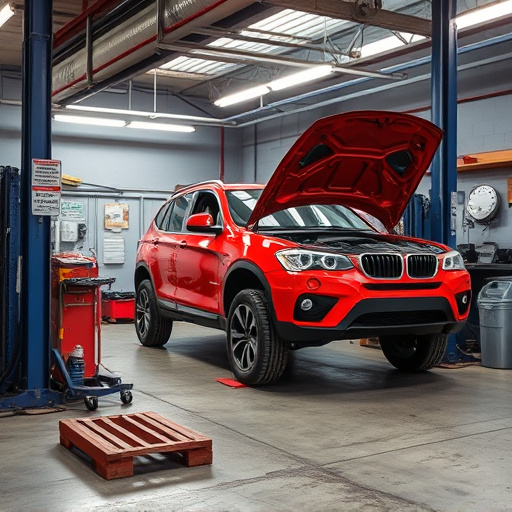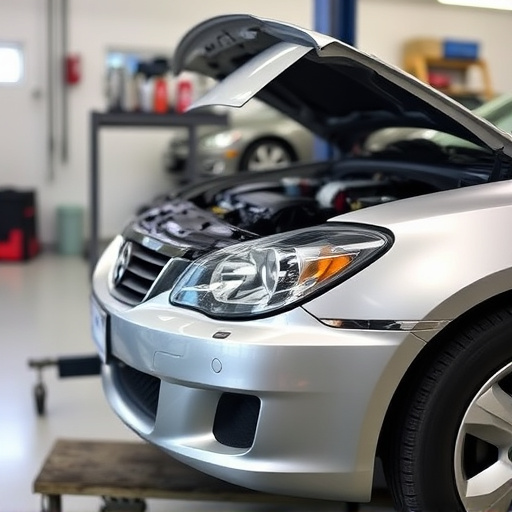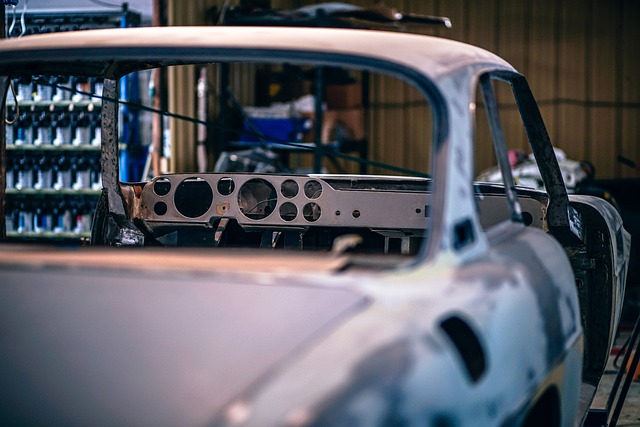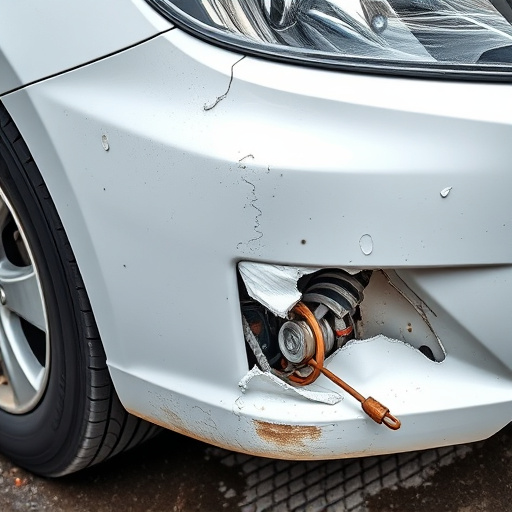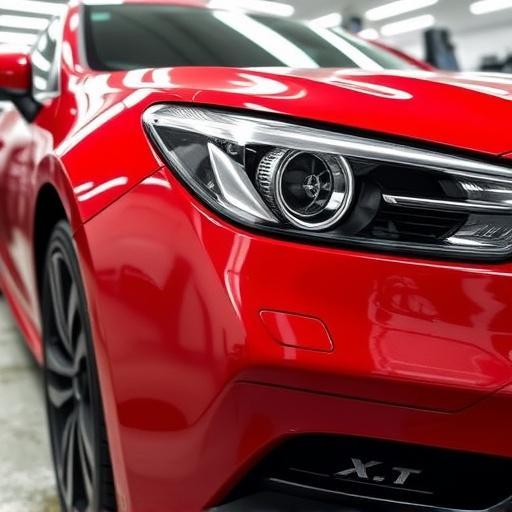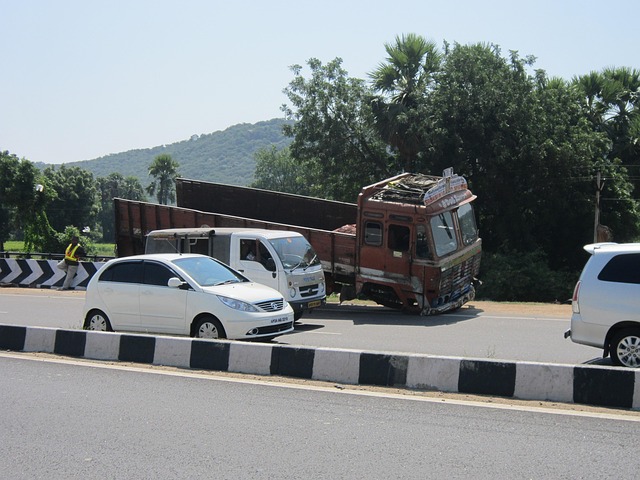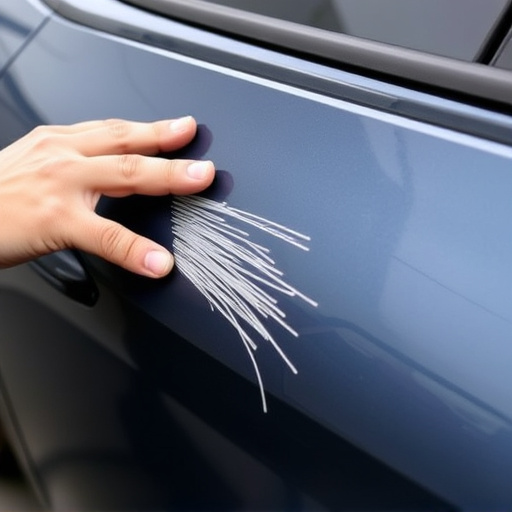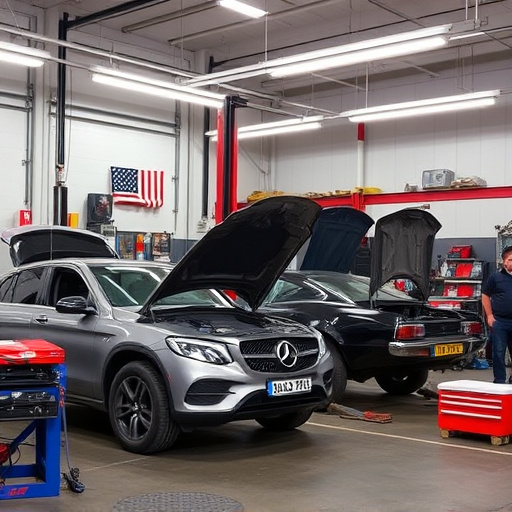Aftermarket auto glass may hide defects like delaminations, cracks, bulges, and warping, impacting safety and visibility. Cracks exceeding a quarter-dollar or substantial cracks require replacement. Regular inspections after road hazards are crucial. Choose certified auto glass for superior quality, structural integrity, and compatibility with vehicle specifications, even with prior collision damage.
Aftermarket auto glass can offer both quality and cost savings, but identifying defects is crucial for safety. This article guides you through understanding common issues like cracks, chips, and misalignments in your vehicle’s replacement glass. Learn optimal timing for replacements, focusing on when cracks and chips necessitate immediate attention. Additionally, we emphasize the importance of testing and certification to ensure your aftermarket auto glass meets safety standards.
- Understanding Common Aftermarket Glass Defects
- When to Replace Cracks and Chips
- Ensuring Safety: Testing and Certification
Understanding Common Aftermarket Glass Defects
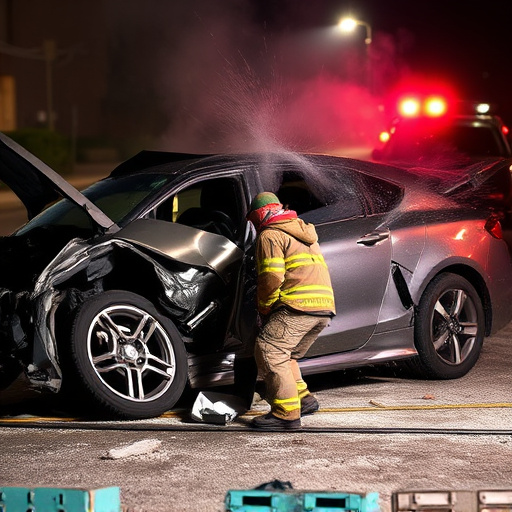
Aftermarket auto glass can sometimes present defects that may go unnoticed during initial installation or even after regular use. Understanding these common issues is key when it comes to ensuring safety and optimal performance. One of the most prevalent problems is delaminations, where layers within the glass separate, leading to a weak structure. This often occurs due to manufacturing imperfections or exposure to extreme temperatures. Cracks and chips are another frequent defect, ranging from tiny nicks to larger breaks, which can compromise visibility and the overall integrity of the windshield.
Additionally, bulges and warping are defects that cause the glass to distort, creating unsightly contours. These issues might arise from improper installation or environmental factors like sudden temperature changes. Knowing these potential problems allows vehicle owners and collision repair services to conduct thorough inspections, ensuring that the aftermarket auto glass is safe and reliable. Proper automotive restoration and repair services can address these defects, restoring visibility and structural integrity to a vehicle’s windows.
When to Replace Cracks and Chips
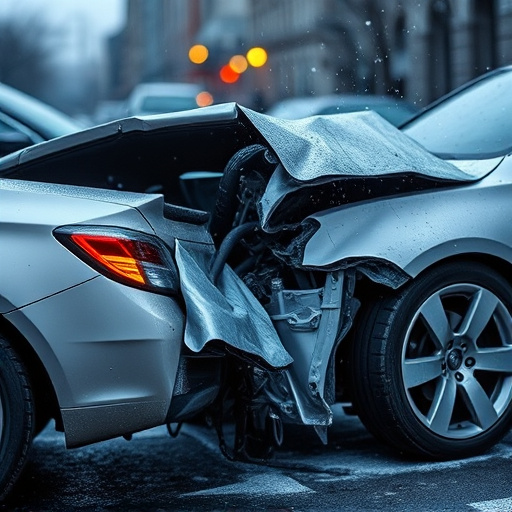
Cracks and chips in aftermarket auto glass can vary in size and severity. While some minor cracks or chips may only affect the aesthetics of your vehicle’s window, others can compromise its structural integrity and safety. It is generally recommended to replace auto glass if the crack or chip exceeds a certain threshold. For instance, if a chip is larger than a quarter dollar or if a crack spreads across a significant portion of the window, it’s time for an auto glass repair or replacement. Regular inspection is crucial, especially after road hazards like flying debris or stone chips.
Preventive measures are also essential in maintaining clear and safe visibility. If you notice any changes in the appearance or function of your vehicle’s windows, such as increased vibration during driving or cloudy spots on the glass, it could indicate underlying issues that require attention. Unlike car dent removal, which might be a cosmetic concern, auto glass repair for defects is primarily about ensuring the safety and performance of your vehicle’s windshield and side windows.
Ensuring Safety: Testing and Certification

When considering aftermarket auto glass for your vehicle, safety should always be the top priority. After all, your window glass plays a critical role in protecting you during an accident, providing structural integrity and keeping shattering debris inside the cabin. To ensure peace of mind, look for glass that has undergone rigorous testing and is certified to meet or exceed industry standards. Reputable manufacturers adhere to these guidelines, guaranteeing their products’ quality and safety. This certification process involves extensive evaluations, from material composition to manufacturing techniques, ensuring the glass can withstand extreme conditions without compromising your well-being.
In addition to safety, proper testing and certification guarantee compatibility with your vehicle’s make and model. Aftermarket auto glass designed for specific models ensures a seamless fit, enhancing both functionality and aesthetics. Unlike general “vehicle paint repair” or “fender repair” solutions, which might leave you with unsightly gaps or misalignments, certified auto glass is tailored to precise specifications, seamlessly integrating into your vehicle’s design, including any “collision damage repair” history.
Aftermarket auto glass can be a cost-effective solution, but it’s crucial to inspect for defects before installation. By understanding common issues like cracks, chips, and improper certification, you can ensure a safe and reliable replacement. Regular checks and professional testing are key to maintaining optimal visibility and safety on the road.
